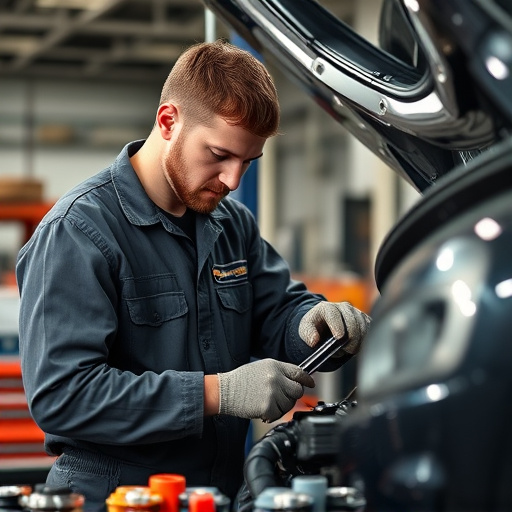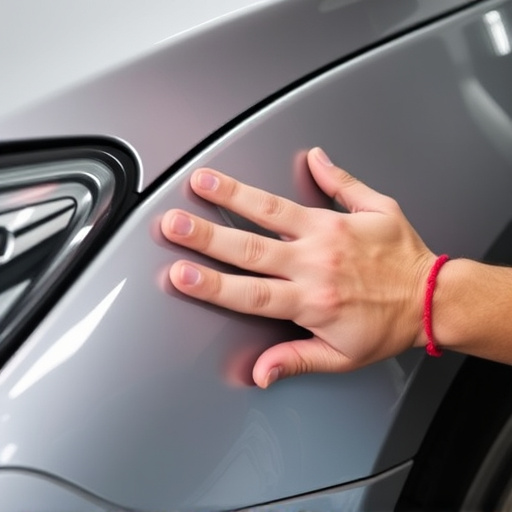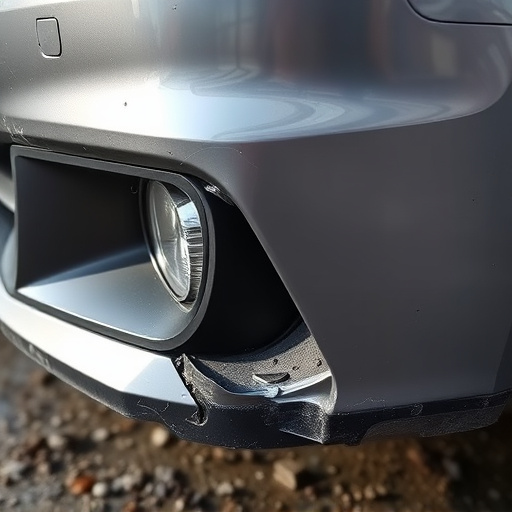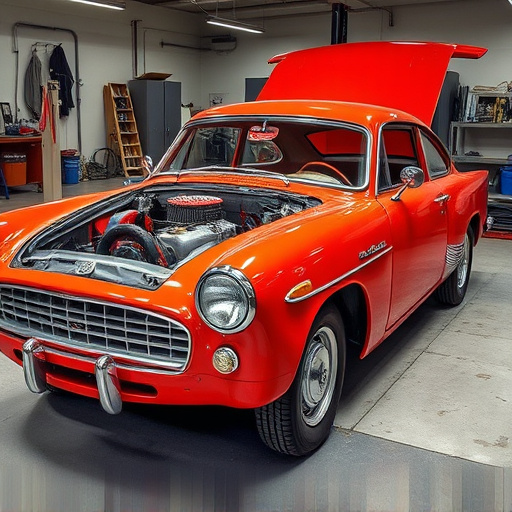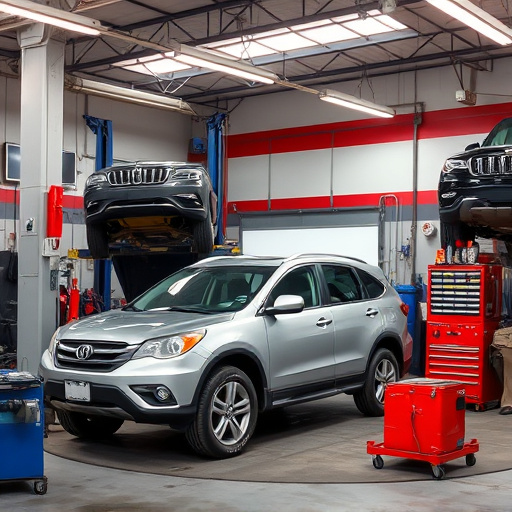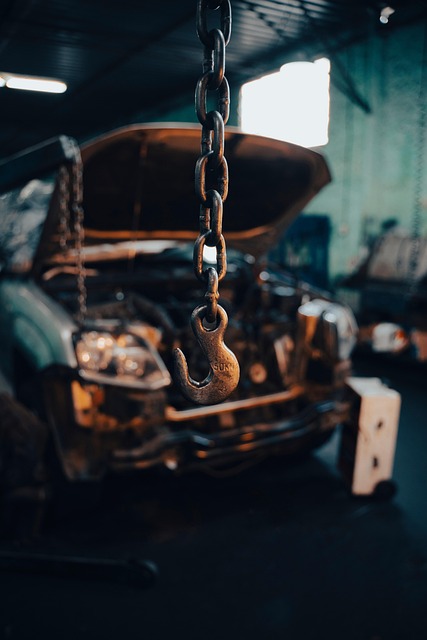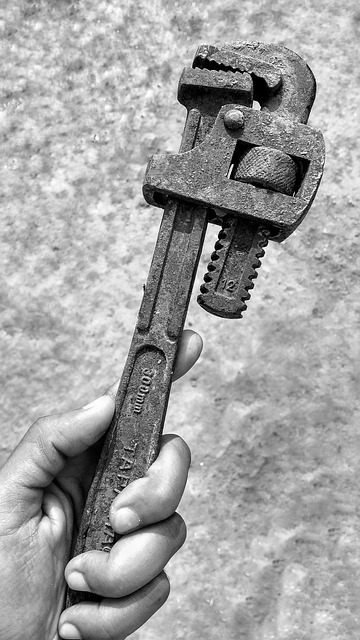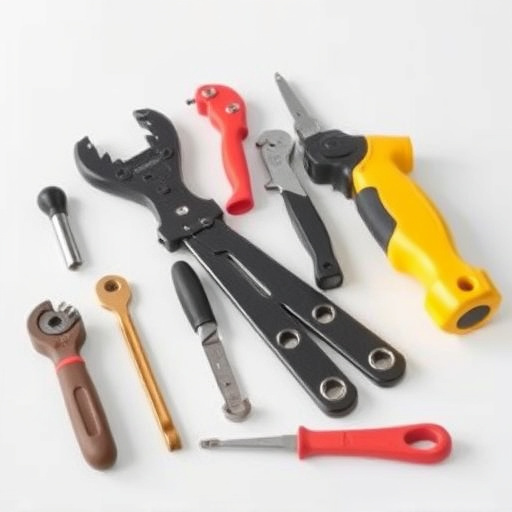Paintless Dent Repair (PDR) is revolutionizing car dealership operations by offering swift, high-quality repairs that maintain vehicle aesthetics and resale value. This modern technique appeals to customers seeking efficient solutions, reduces repair times compared to traditional methods, and preserves the car's original finish. By adopting PDR, dealerships enhance their customer-centric image, streamline operations, reduce labor costs, and stay competitive in the automotive market. A successful PDR process involves a step-by-step approach focusing on thorough inspection, precise dent removal, and meticulous finishing, ultimately increasing trade-in values and customer satisfaction.
Looking to enhance your car dealership’s trade-in values? Paintless Dent Repair (PDR) techniques offer a game-changing solution. This innovative, non-invasive method repairs minor dents and scratches, revitalizing vehicles’ appearance without extensive painting. By mastering PDR, dealerships can significantly boost trade-in offers, appealing to savvy buyers who value cost-effective restoration. Discover how this strategic approach can transform your dealership’s trade-in process and maximize profits in our comprehensive guide.
- Understanding PDR (Paintless Dent Repair) Techniques for Car Dealerships
- Benefits of Implementing PDR to Boost Trade-In Values
- Step-by-Step Guide to Effective PDR for Maximized Trade-Ins
Understanding PDR (Paintless Dent Repair) Techniques for Car Dealerships
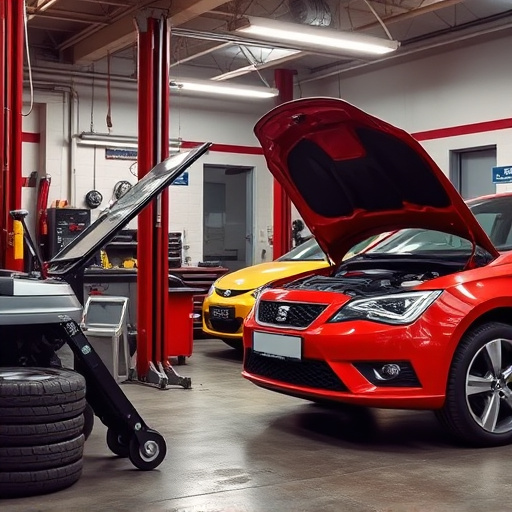
Paintless Dent Repair (PDR) is a game-changer for car dealerships looking to maximize trade-in values and customer satisfaction. This innovative technique allows for efficient, high-quality repairs that are virtually invisible, preserving the car’s original finish and resale value.
By adopting PDR methods, dealerships can offer faster turnaround times compared to traditional body shop repairs, appealing to customers seeking swift solutions. Moreover, PDR specialists can access tight spaces and repair a wide range of dents, from small dings to larger creases, without the need for extensive sanding or painting, thereby reducing labor costs. This advanced approach positions car dealerships as modern, customer-centric businesses, capable of delivering superior value in the competitive automotive market.
Benefits of Implementing PDR to Boost Trade-In Values
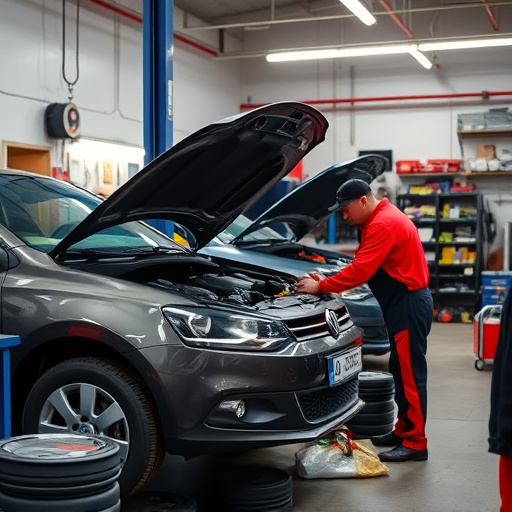
Implementing PDR (Paintless Dent Repair) techniques offers car dealerships a powerful strategy to enhance their trade-in values. This non-invasive approach to vehicle bodywork repairs allows for faster, more efficient restoration, minimizing costs and maximizing customer satisfaction. By adopting PDR methods, dealerships can provide an added incentive to buyers considering trade-ins, knowing that the process will preserve the vehicle’s original aesthetic appeal and resale value.
The benefits extend beyond the buyer’s perspective; collision repair shops equipped with PDR technology streamline their operations, reducing labor costs and increasing production capacity. This, in turn, enables faster turnaround times for all repairs, from minor dents to more extensive auto collision center work. By leveraging PDR for car dealerships, businesses can stay competitive in a crowded market while offering customers a superior trade-in experience.
Step-by-Step Guide to Effective PDR for Maximized Trade-Ins
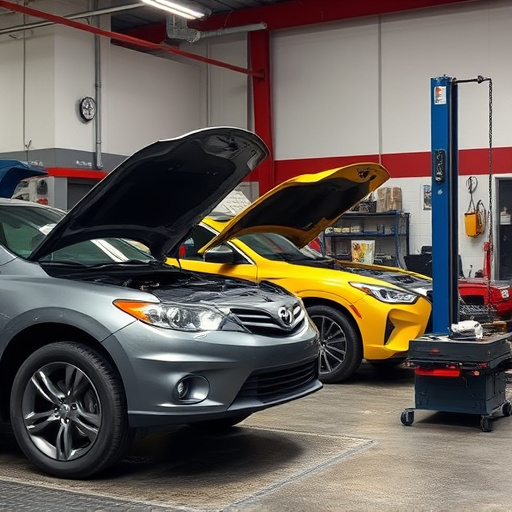
A successful PDR (Paintless Dent Repair) process is a game-changer for car dealerships looking to maximize trade-in values. Here’s a step-by-step guide to help you achieve this:
1. Inspection and Assessment: Begin by thoroughly inspecting the vehicle’s exterior, focusing on areas prone to dents like door panels, fenders, and hoods. Utilize high-quality lighting or digital cameras to detect even subtle dents. This initial step is crucial for identifying repairable damage and setting expectations with customers.
2. Preparation and Tools: Gather the necessary PDR tools tailored for dent removal, such as paint scrapers, clamps, and mallets. Ensure a clean, well-lit work area to facilitate precise and efficient repairs. Proper preparation not only enhances the quality of repair but also reduces the time required for each job.
3. Dent Removal: Using the appropriate tool for the dent size and type, carefully pry out the dented panel while maintaining its original shape. This step demands skill and precision to avoid damaging the surrounding paint or body panels. The goal is to restore the vehicle’s original aesthetics without extensive repainting.
4. Finishing Touches: After successful dent removal, smoothen any remaining marks or ridges with specialized tools designed for fine finishing. Ensure the repaired area aligns perfectly with the surrounding panel and paint job. This meticulous step guarantees a flawless finish that meets factory standards.
5. Quality Assurance: Before releasing the vehicle, conduct a final inspection under different lighting conditions to verify the repair quality. Address any minor imperfections to ensure customer satisfaction and maximize trade-in value.
By adopting paintless dent repair (PDR) techniques, car dealerships can significantly enhance their trade-in values. This cost-effective and efficient method allows for quick restoration of vehicles, increasing their overall appeal to buyers. Implementing PDR not only boosts profitability but also contributes to a faster turnaround time, enabling dealerships to maximize their trade-in potential in today’s competitive automotive market.



